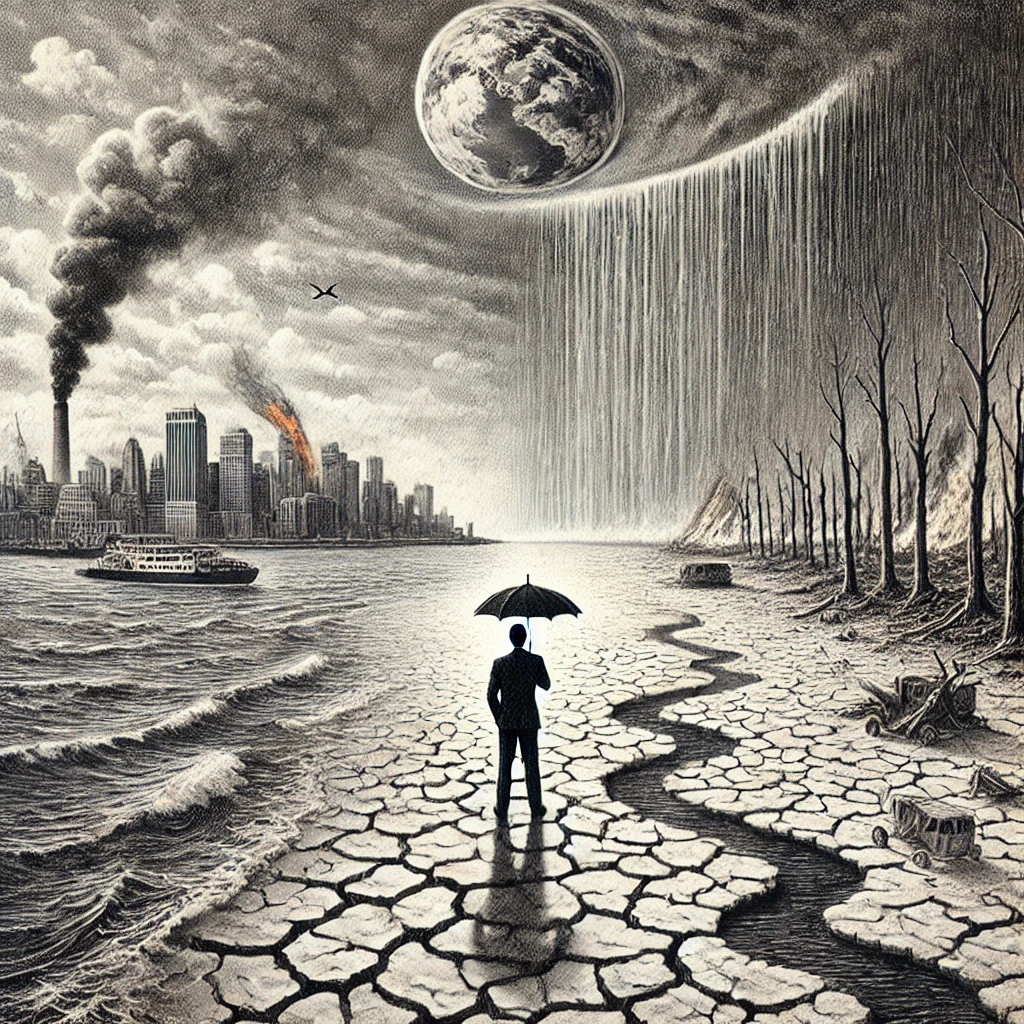
There is a cruelty in watching a massive storm unfold, knowing that it will arrive not as a visitor but as a conqueror. In 2024, the world bore witness to the devastating power of nature unleashed, a series of extreme weather events that were less aberrations and more harbingers. This was the year the boundaries between possibility and inevitability dissolved.
The report from World Weather Attribution—a meticulous unraveling of the year's storms, floods, and heatwaves—reads like an indictment. It documents not just the ferocity of the weather but the decisions and denials that made such devastation inevitable. This year, the question was no longer if the climate would turn against us but how brutally it would.
In southern Europe, the summer burned with a ferocity that scorched the edges of memory. Temperatures climbed past thresholds once thought insurmountable, turning cities into furnaces and countrysides into tinderboxes. These were not just heatwaves; they were a kind of reckoning. For the elders who spoke of cooler summers and for the children who would never know them, the heat was an inescapable presence, bearing down like an uninvited guest that overstay its welcome.
Wild Storms and Climate change
The monsoons of South Asia, another chapter in this unfolding tragedy, brought deluge and despair. These rains, ancient in their rhythms, have always been a double-edged sword, nurturing the land even as they sometimes claimed it. But this year, they arrived with a fury that could not be explained away as cyclical or natural. The streets of cities like Dhaka and Lahore became rivers, the lives of the poorest carried away on currents they could neither predict nor escape.
The Arctic, that sentinel of the planet’s health, continued its lament. Its ice whispered warnings as it thinned and receded, its melting a siren song for rising seas and shifting climates. The people who call the Arctic home, stewards of knowledge passed through generations, watched as their world crumbled—not in slow, imperceptible shifts, but in abrupt and violent ruptures.
And still, there are those who would say this is all beyond us, that the weather has always been extreme, that the earth has always been tempestuous. They ask us to believe in the inevitability of chaos, to surrender to it as if we had no hand in its making. But to surrender is to forget, and to forget is to repeat the sins of inaction.
The Warming Oceans
The truth, as stark as the sun over a drought-stricken field, is that we are complicit. The warming of the oceans that feeds the hurricanes, the carbon-laden skies that trap the heat, the deforestation that leaves the soil bare and unyielding—these are not acts of nature but of humanity. And the burden of this truth falls unevenly. The communities with the least are the ones who pay the most, their resilience tested to breaking.
But amidst the wreckage, there is still a choice to be made. The storms that ravage our coastlines and the heat that scorches our earth are not just warnings; they are calls to action. To bear witness to this suffering is not enough. We must also imagine and build a future that answers its demands—a future where mitigation is not an afterthought, where adaptation is not a privilege, and where the vulnerable are not left to fend for themselves.
The year 2024 has forced us to confront the fragility of our existence, the recklessness of our choices, and the urgency of our responsibility. Let us not look away. Let us remember that while the risks have become reality, the future remains unwritten. And as long as it does, there is still time to listen to the cries of a wounded world—and to respond.
